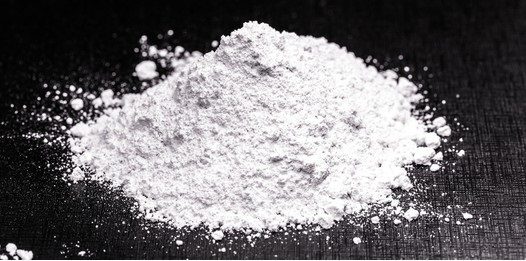Introduction to Sodium Bisulfate
Chemical Properties of Sodium Bisulfate
Common Uses of Sodium Bisulfate
Safety and Precautions
Chemistry can be a fascinating and rewarding subject, but it also involves working with potentially hazardous materials and processes. To ensure safety in the chemistry lab, it is important to follow certain precautions and protocols. Here are some general safety guidelines and precautions to consider:
1. Wear appropriate protective clothing: Always wear a lab coat or apron, safety gloves, safety goggles, and closed-toe shoes while working in the lab. Avoid loose clothing, jewelry, and long hair that could get in the way or catch fire.
2. Familiarize yourself with the lab: Be aware of the location and proper use of safety equipment, such as fire extinguishers, safety showers, eyewash stations, and first aid kits. Ensure that pathways are clear and emergency exits are easily accessible.
3. Follow proper handling procedures: Read and understand the instructions provided for each chemical or experiment before starting. Use chemical fume hoods to minimize exposure to hazardous gases and vapors. Never taste or smell chemicals, and avoid inhaling or ingesting them.
4. Store and handle chemicals properly: Store chemicals in designated areas and separate incompatible substances. Keep containers tightly sealed and properly labeled, indicating the contents, hazards, and date of preparation. Use appropriate gloves and tools when handling chemicals, and never leave them unattended.
5. Maintain a clean and clutter-free workspace: Keep work areas clean, with no unnecessary items or clutter. Sweep up spills immediately, and dispose of waste materials properly in the designated receptacles. Clean and organize your workspace at the end of each session.
6. Use heating equipment safely: When using burners or heating devices, be aware of the flammability of substances, and work in a well-ventilated area. Use heat-resistant mats and tongs for handling hot glassware, and always turn off burners when not in use.
7. Be cautious when working with glassware: Handle glassware with care and inspect for any damage before using. Use heat-resistant gloves and protective eyewear when dealing with glassware that may shatter or crack under certain conditions.
8. Follow proper waste disposal procedures: Dispose of chemical waste according to local, state, and federal regulations. Separate different types of waste and use specific containers for specific types of materials.
9. Be prepared for emergencies: Be familiar with the procedures for dealing with accidents or spills. Learn how to use safety equipment, such as fire extinguishers or safety showers. Report any incidents or injuries to the appropriate personnel immediately.
10. Maintain proper ventilation: Work in a well-ventilated area or use fume hoods to minimize exposure to hazardous gases and vapors. Avoid working with volatile substances in enclosed spaces without proper ventilation.
Remember that these are general safety precautions, and specific precautions may vary depending on the nature of the experiment or the chemicals being used. Always consult with your instructor or a knowledgeable professional to ensure you are following the appropriate safety guidelines in your specific lab setting.
Conclusion
In conclusion, chemistry is a crucial scientific field that plays a significant role in understanding the composition, properties, and transformations of matter. By studying chemical reactions and interactions, chemists have made immense contributions to various disciplines, including medicine, materials science, environmental science, and biological sciences. Chemistry enables us to develop new materials, medicines, and technologies, as well as to solve environmental and health-related problems. It continues to be a dynamic and evolving field, driving innovation and advancements in numerous areas. Overall, chemistry is essential for our understanding of the natural world and for improving the quality of life.

Abigail Gutmann Doyle is a renowned Organic chemistry professor in Los Angeles. Her research focuses on the development of new chemical transformations in organic chemistry. She has won awards such as: Bayer Early Excellence in Science Award, Phi Lambda Upsilon National Fresenius Award, Presidential Early Career Award for Scientists and Engineers, BMS Unrestricted Grant in Synthetic Organic Chemistry.

